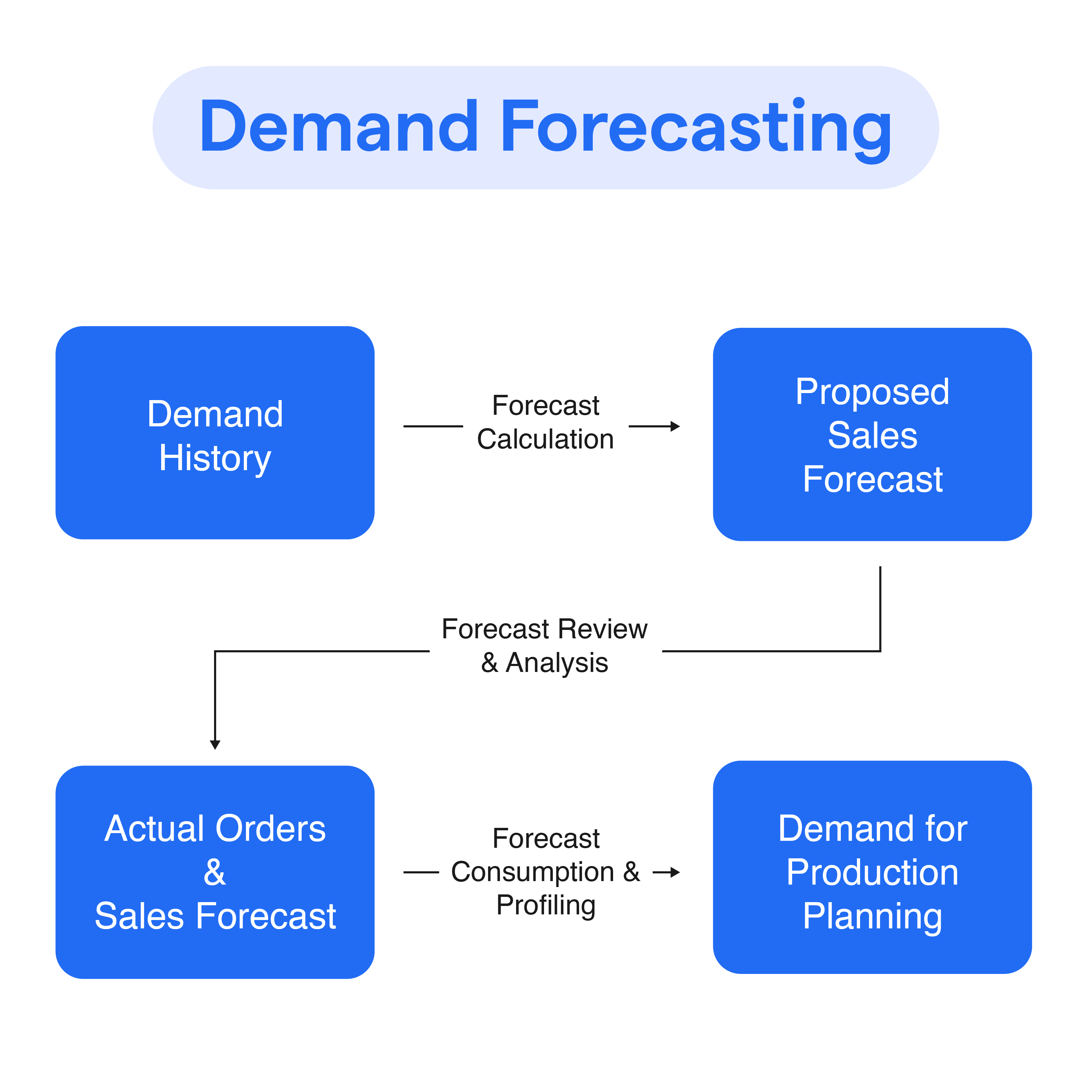What is Demand Forecasting?
Demand forecasting technique is the systematic process of predicting the future demand for a product or service.
Simply put, a forecast of demand shows how much of a product or service consumers will buy from you in a given period.
Differentiating Demand Forecasting
Not to be mistaken with demand planning, sales forecasting, or inventory forecasting.
The uniqueness of the demand forecasting technique lies in its focus on predicting customer demand using historical sales data, market trends, and other pertinent business information.
Role in Business Strategy
As a key component of business strategy, the demand forecasting technique facilitates decision-making, risk management, and operational efficiency.
It pivots businesses from a reactive state to one of proactive planning.
Why is Demand Forecasting Important?
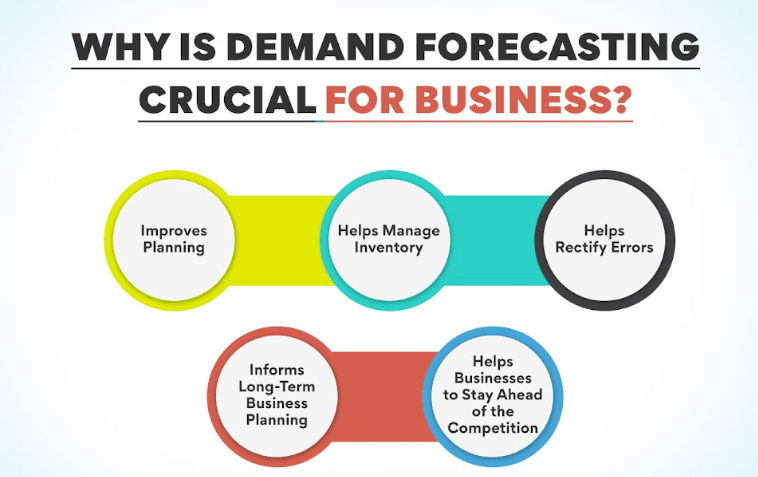
Now that you understand what demand forecasting is, let’s discover why it is indispensable for business success. So here is the importance of forecast of demand.
- Inventory Management: Figuring out just how much inventory to keep on hand can be tricky. Too much and you risk tying up capital and incurring warehousing costs, too little and you risk stockouts, neither of which is ideal. The demand forecasting technique helps maintain the optimum inventory level.
- Production Planning: The forecast of demand helps businesses streamline their production schedules. It also ensures resources are allocated effectively and costs are managed efficiently.
- Financial Planning: Accurate demand forecasting technique can guide budgeting decisions. Further, it guides cash flow management by providing a clearer picture of potential sales and revenue.
- Reducing Risk & Uncertainty: Uncertain customer demand can be disruptive. The forecast of demand can reduce this uncertainty, helping businesses make confident decisions.
- Strengthening Supply Chain: From suppliers to logistics, forecasting demand technique accurately keeps every link in the supply chain better prepared. It enhances overall agility and competitiveness.
Key Technique and Methods of Demand Forecasting
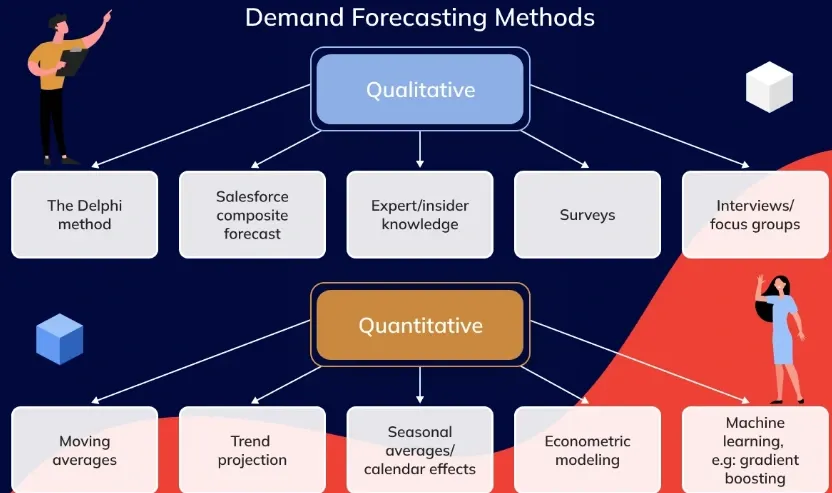
Various techniques are employed to generate a forecast of demand, depending on the availability of data and the nature of the market.
Following are the demand forecasting techniques.
1. Qualitative Forecasting Technique
Qualitative forecasting relies on expert opinions, market research, and focus groups to predict demand when historical data is scarce or unreliable.
This technique is especially useful for new products or in situations where there is little past data to analyze. Methods involve:
Delphi Method
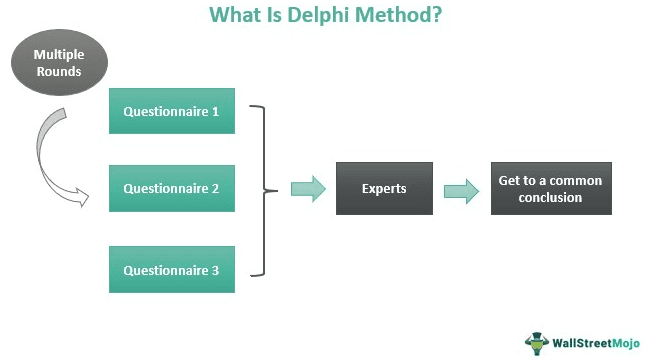
The Delphi Method is a qualitative forecasting technique that involves a panel of experts providing their independent opinions and insights on a particular issue, such as future demand for a product or service.
It is particularly useful when historical data is limited or when the demand is influenced by unpredictable factors such as technological advances, changes in consumer behavior, or market disruptions.
Market Research
Market research is a qualitative forecasting method that helps businesses predict future demand by gathering and analyzing information directly from consumers, competitors, and the market environment.
It provides insights into consumer preferences, buying behavior, and external factors that can influence demand.
2. Quantitative Forecasting Technique
Quantitative forecasting uses historical data and statistical models to forecast demand. It involves techniques such as:
Time Series Analysis
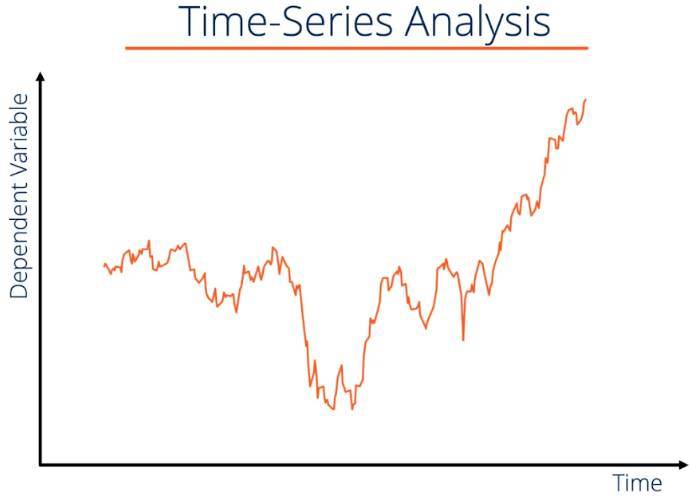
Time series analysis examines past demand patterns to predict future trends, and causal models, which look at external factors influencing demand.
Time series methods like moving averages or exponential smoothing help businesses estimate future demand based on historical data.
Causal Models
The casual methods examine the relationship between demand and other variables, such as price, advertising, or market conditions.
Causal models use variables like economic conditions to forecast changes. Regression analysis and simulation is commonly used in causal forecasting:
Regression Analysis
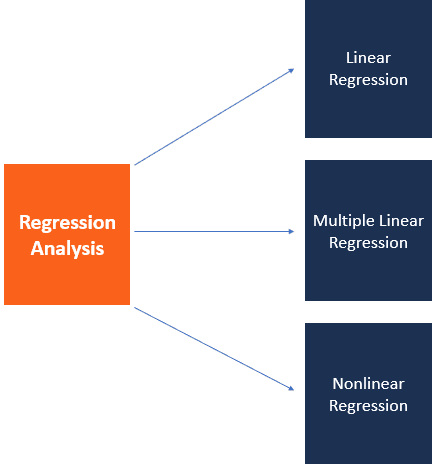
Regression analysis is one of the most widely used causal forecasting techniques. It helps establish a relationship between demand and one or more independent variables (predictors).
Through regression, businesses can create a mathematical model that estimates demand based on these factors, allowing for more accurate forecasts.
Simulation
Simulation models in causal forecasting are used to create virtual representations of real-world systems. These models simulate how changes in influencing factors, like price, advertising budget, or market conditions, impact demand.
Simulation is especially useful in complex scenarios where the relationships between variables are non-linear or where multiple interacting factors are at play.
3. Trend Analysis Technique
Trend analysis is a forecasting technique that identifies and analyzes long-term trends in demand, helping businesses understand the direction of future demand.
By studying past data, this technique enables businesses to predict future demand with a higher degree of accuracy.
4. Seasonal Forecasting Technique
Seasonal forecasting focuses on demand fluctuations that occur during specific seasons or times of the year.
This technique is critical for businesses that experience periodic changes in demand, allowing them to prepare for expected increases or decreases based on seasonal patterns.
5. Judgmental Forecasting Technique
Judgmental forecasting involves subjective assessments made by experts or managers when historical data is insufficient or when market conditions are uncertain.
This technique relies on insights and knowledge to make an informed forecast of demand, often in situations involving new product launches or unforeseen market changes.
How Demand Forecasting Works?
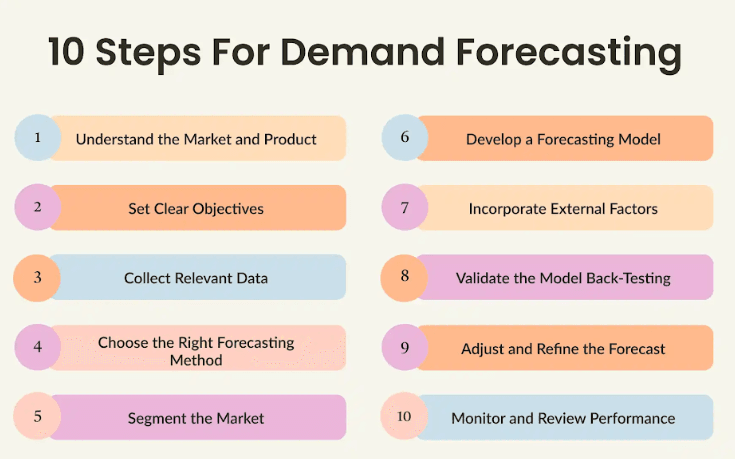
Demand forecasting is a critical process that helps businesses anticipate future market needs. Let's dive into the how-to's of demand forecasting.
- Define Objectives: First, businesses clarify their goals for demand forecasting. This might be to optimize inventory, enhance customer satisfaction, or aid strategic planning.
- Choose a Forecasting Method: Next, they select a suitable forecasting technique. Options include qualitative methods, like expert judgment, and quantitative ones, like time series analysis. The choice depends on data availability and forecast needs.
- Collect and Analyze Data: Data collection is critical. Businesses gather historical sales data, market trends, and economic indicators. This helps identify patterns that inform the forecast.
- Generate the Forecast: Using the chosen method, they analyze the data to produce demand forecasts. This highlights trends and possible seasonal demand shifts.
- Monitor and Refine: Finally, businesses regularly review the forecast against actual outcomes. This helps adjust forecasts as needed, maintaining accuracy in a changing market.
Best Practices in Demand Forecasting

Demand forecasting is a critical component of effective supply chain management.
So adopting best practices can significantly enhance the accuracy and reliability of demand forecasts. Here are some best practices for demand forecasting.
Utilize Multiple Forecasting Techniques
Employing a mix of forecasting techniques is essential for accurate demand forecasting.
Quantitative methods, such as time series analysis and regression models, can be complemented by qualitative techniques like expert judgment. This diverse approach ensures a more comprehensive forecast of demand.
Incorporate Historical Data
Leveraging historical data is a foundational aspect of demand forecasting. Analyzing past sales patterns and trends allows businesses to create more reliable forecasts.
Seasonal variations and historical demand spikes should be carefully considered to improve the accuracy of demand forecasts.
Regularly Update Forecasts
Demand forecasting is not a one-time activity. Regularly updating forecasts based on the latest market trends, customer preferences, and external factors ensures that the forecast of demand remains relevant.
Continuous monitoring helps in adjusting strategies promptly, aligning inventory and resources with anticipated demand.
Collaborate Across Departments
Collaboration among different departments, such as sales, marketing, and supply chain, enhances the accuracy of demand forecasting.
Sharing insights and data enables a more holistic view, improving the overall forecast of demand.
Implement Technology Solutions
Utilizing advanced analytics and forecasting software can significantly enhance the effectiveness of forecasting techniques.
These tools provide valuable insights, making it easier to generate accurate and timely forecasts of demand.
Challenges in Demand Forecasting
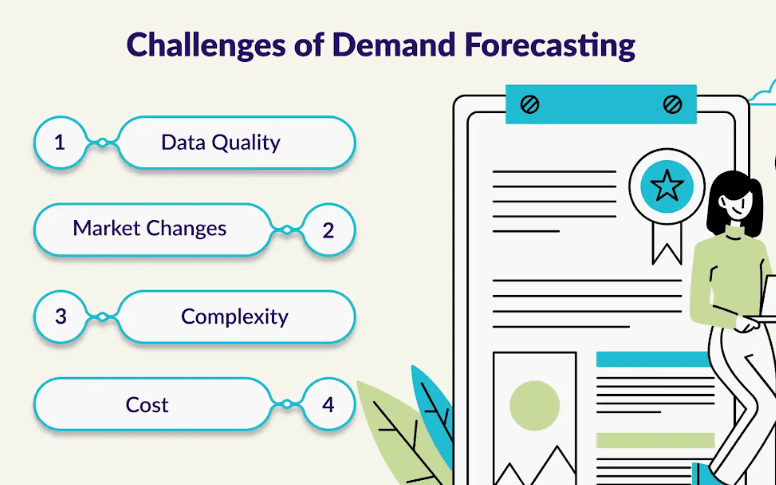
The journey of demand forecasting is not without speed bumps. Here are a few you might encounter along the way.
- Data Quality: Garbage in, garbage out. If your input data is incorrect or incomplete, your forecasts will likely be off the mark.
- Changing Market Conditions: Market dynamics change rapidly and can impact the reliability of your forecasts. Economic fluctuations, competitors' actions, or new regulations can affect demand in unpredictable ways.
- Over-Reliance on Software: While AI and machine learning have simplified demand forecasting, an over-reliance on software can lead to overlooked key indicators or overfitting of models.
- Lack of Cross-Functional Collaboration: Demand forecasting is not a siloed operation. Lack of cross-functional collaboration can result in narrow forecasts that don't consider inputs from other key areas.
- Time and Resource Constraints: Accurately forecasting demand can be a time-consuming task, especially considering the need for iterative fine-tuning and updates. Resources, both in terms of personnel and tools, can also be limiting factors.
Trends in Demand Forecasting
Change is the only constant, and demand forecasting is no stranger to evolving trends. Incorporating these trends can significantly enhance the effectiveness of demand forecasting, leading to better business outcomes.
Advanced Analytics Techniques
One of the best trends in demand forecasting is the increasing use of advanced analytics techniques.
By employing machine learning algorithms and data mining, companies can enhance their forecast of demand accuracy. These techniques analyze historical data patterns, leading to more precise forecasting.
Real-time Data Integration
Integrating real-time data into demand forecasting processes is gaining traction. Businesses now utilize IoT devices and live sales data to adjust their forecast of demand dynamically.
This technique allows for timely responses to market fluctuations, improving overall forecasting reliability.
Collaborative Forecasting
Collaboration across departments is another emerging trend in demand forecasting. By involving sales, marketing, and supply chain teams in the forecasting process, companies can create a more holistic forecast of demand.
This technique helps capture diverse insights, enhancing the accuracy of the overall forecasting.
AI and Automation
The adoption of AI-driven tools for automating demand forecasting is on the rise.
These tools can process vast amounts of data quickly, improving the forecast of demand with minimal human intervention. This technique reduces errors and streamlines forecasting processes.
Frequently Asked Questions (FAQs)
How Does Seasonality Affect Demand Forecasting?
Seasonality causes periodic fluctuations that demand forecasting models must account for to predict sales accurately during peak and off-peak seasons.
What's the Difference Between Qualitative and Quantitative Demand Forecasting?
Qualitative forecasting relies on expert opinions and market research, whereas quantitative forecasting utilizes historical data and statistical methods.
Can Demand Forecasting Help in Resource Allocation?
Yes, by predicting future customer demand, businesses can allocate resources efficiently, preventing both stockouts and excess inventory.
How Do Demand Forecasting Models Integrate Market Trends?
Forecasting models can include variables responsive to market trends, providing dynamic, trend-aware projections for more accurate demand predictions.
Why is Demand Forecasting Crucial for Supply Chain Management?
Effective demand forecasting allows for streamlined supply chain operations, ensuring timely order fulfillment and maintaining customer satisfaction levels.
